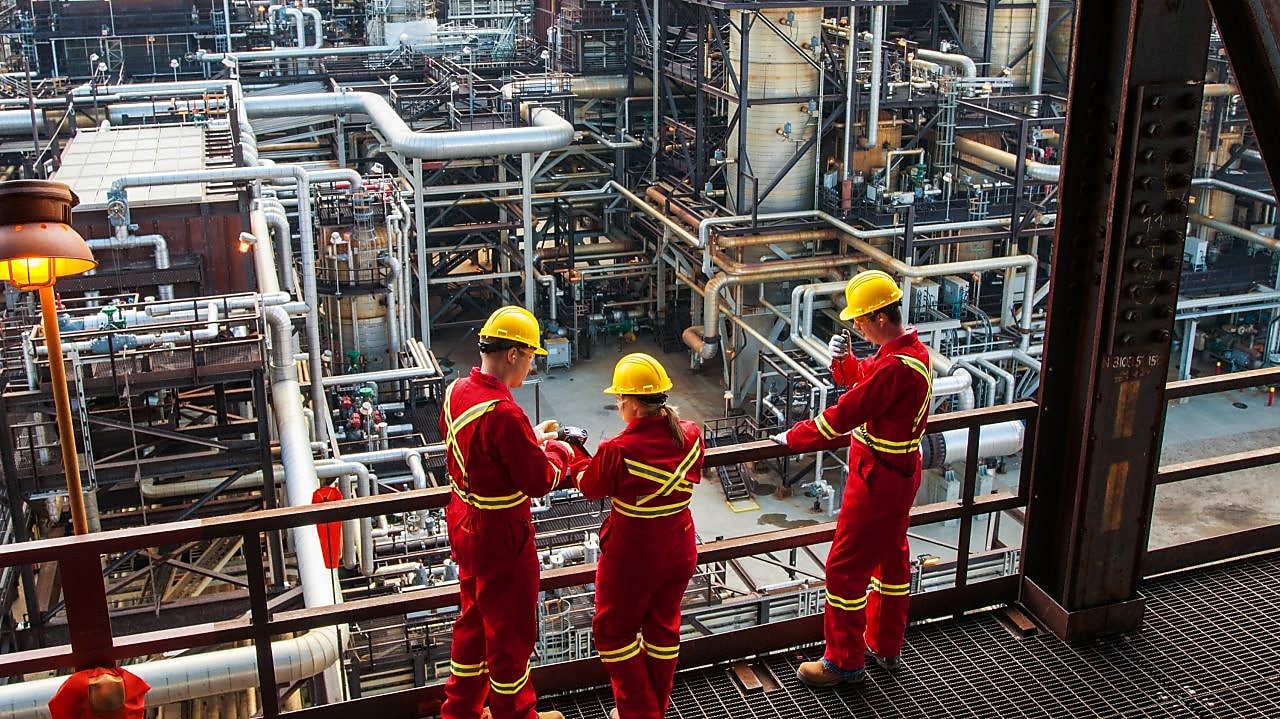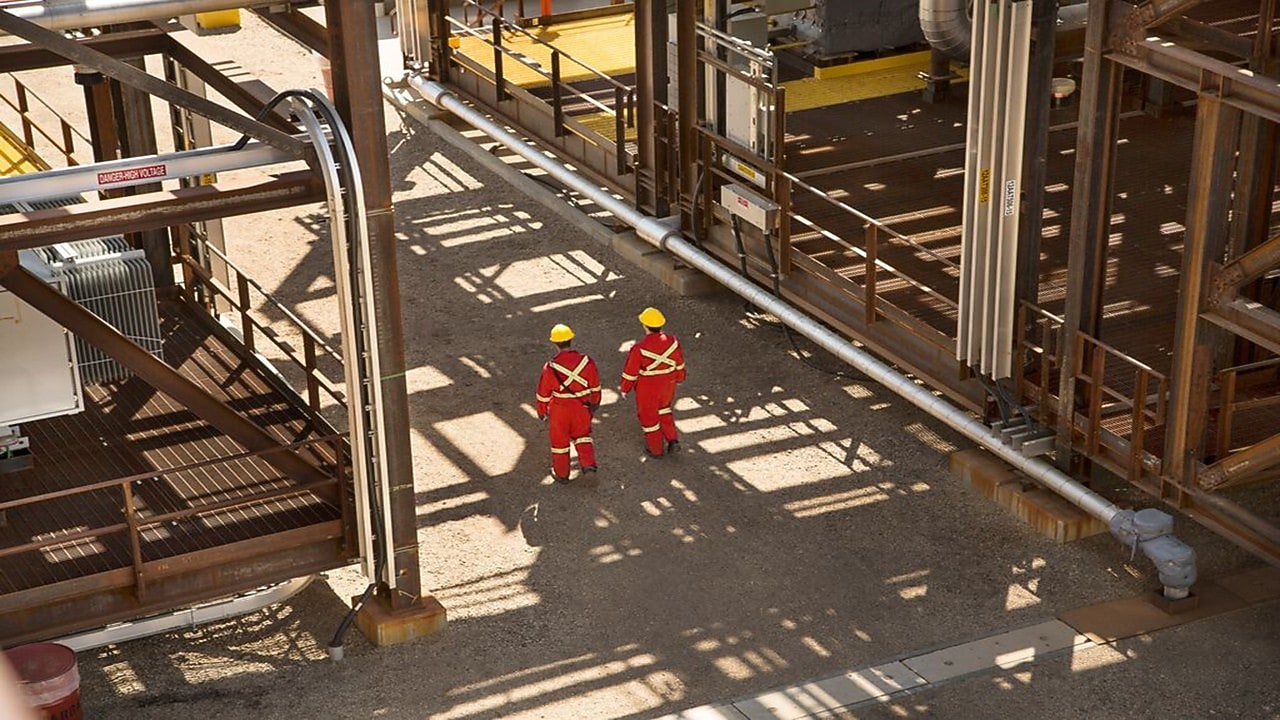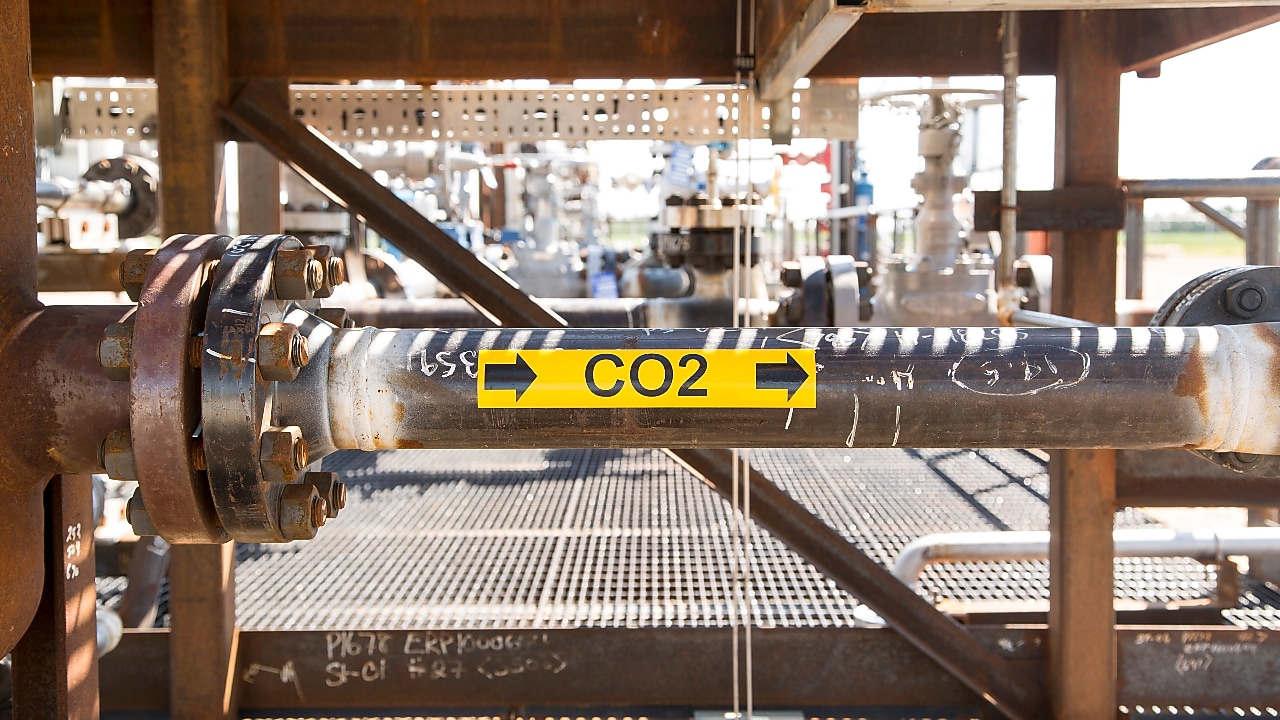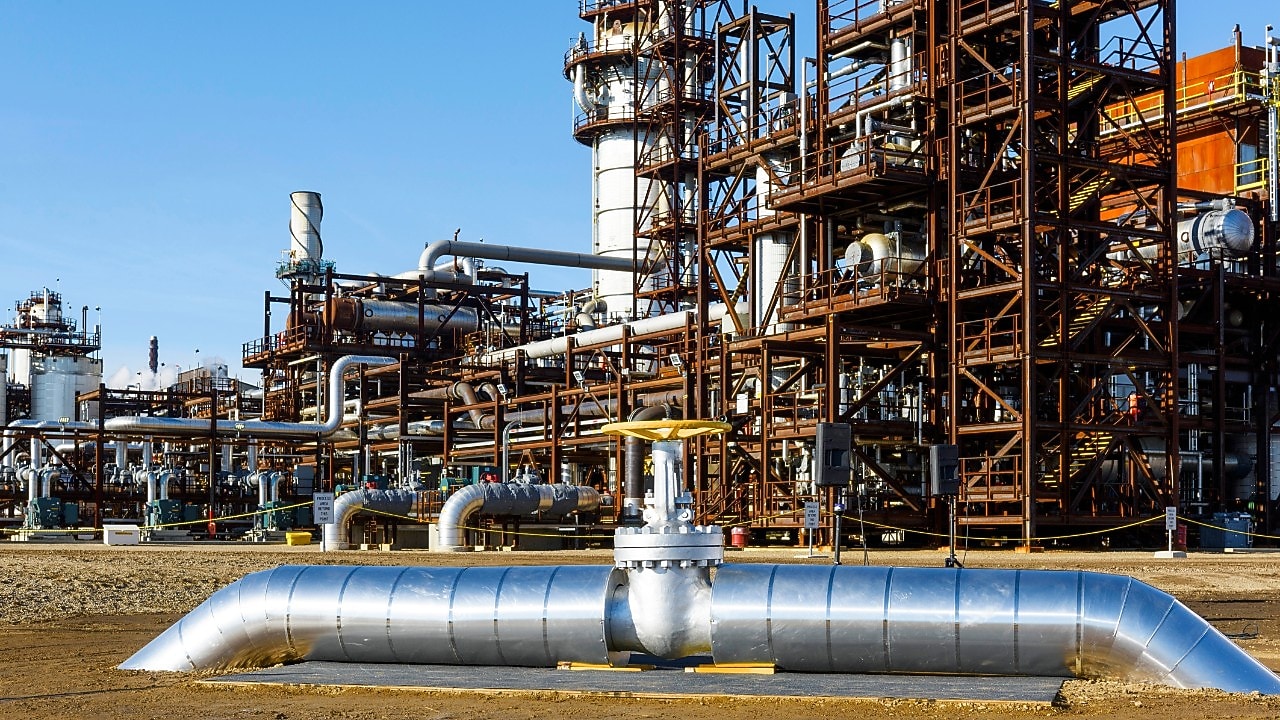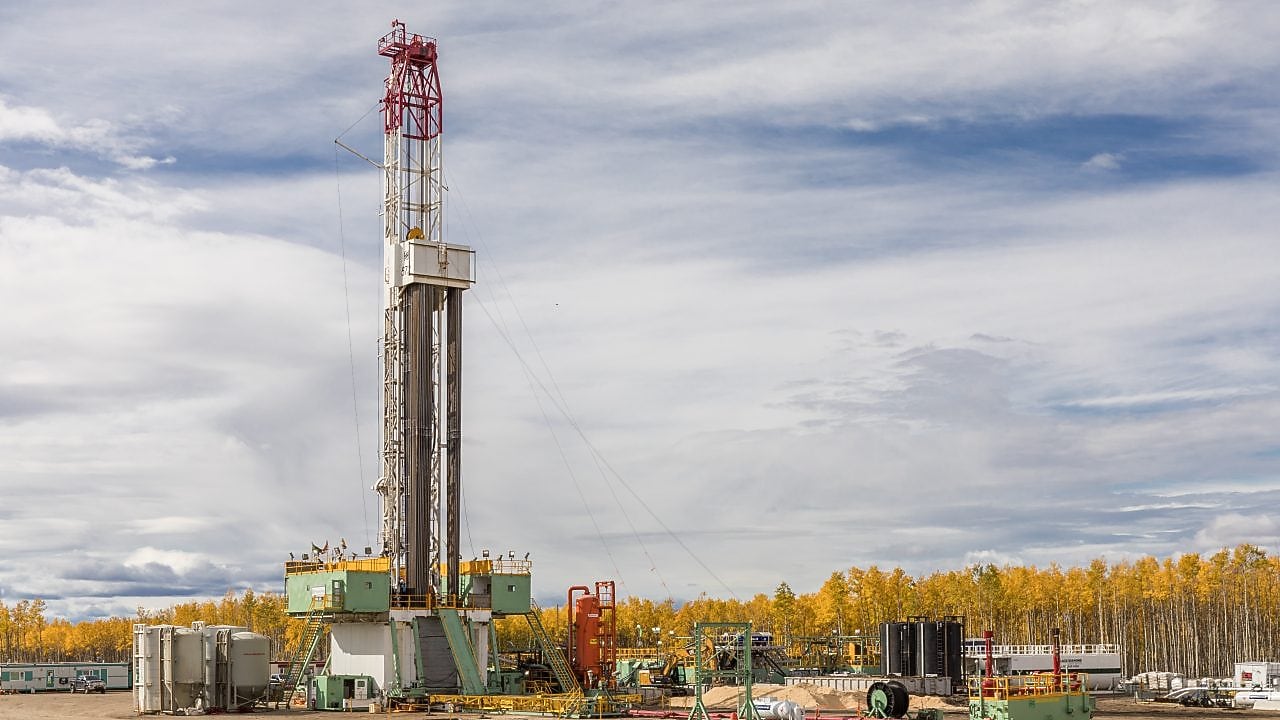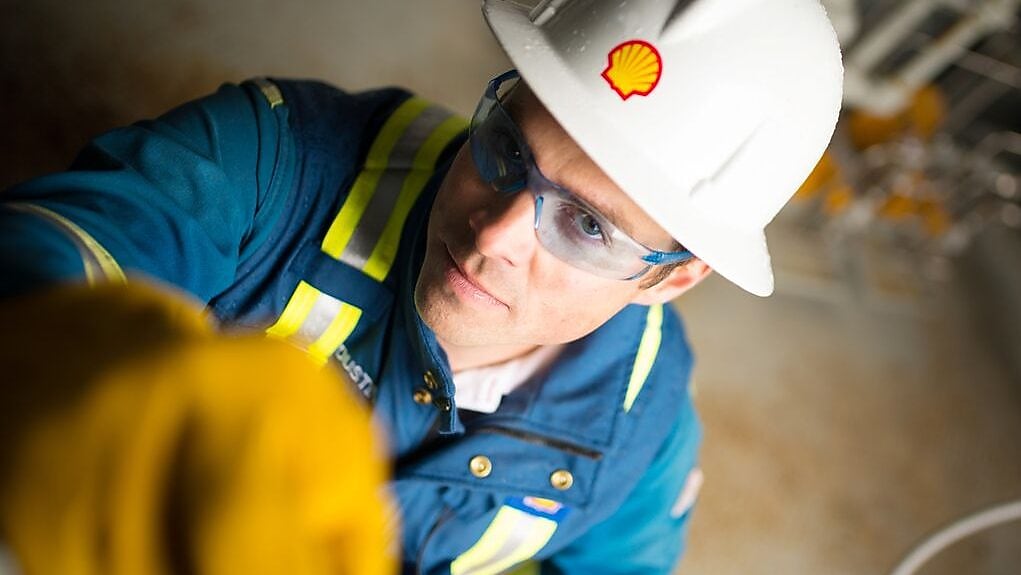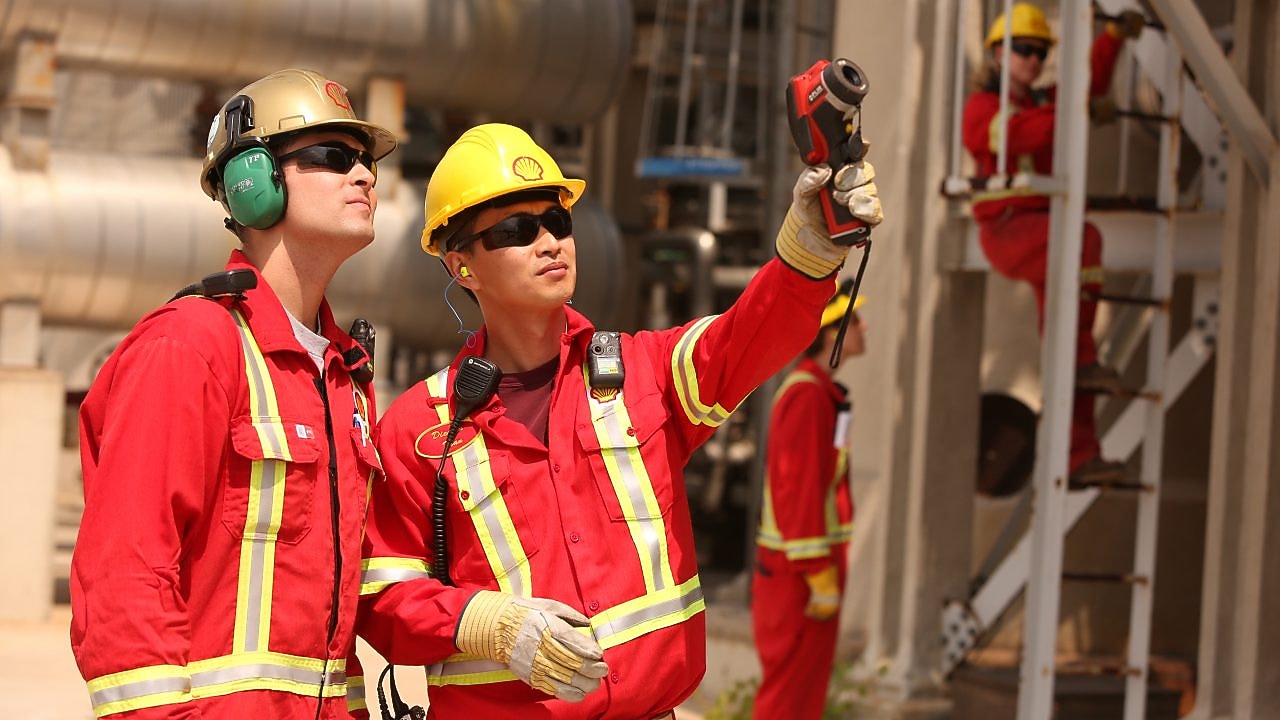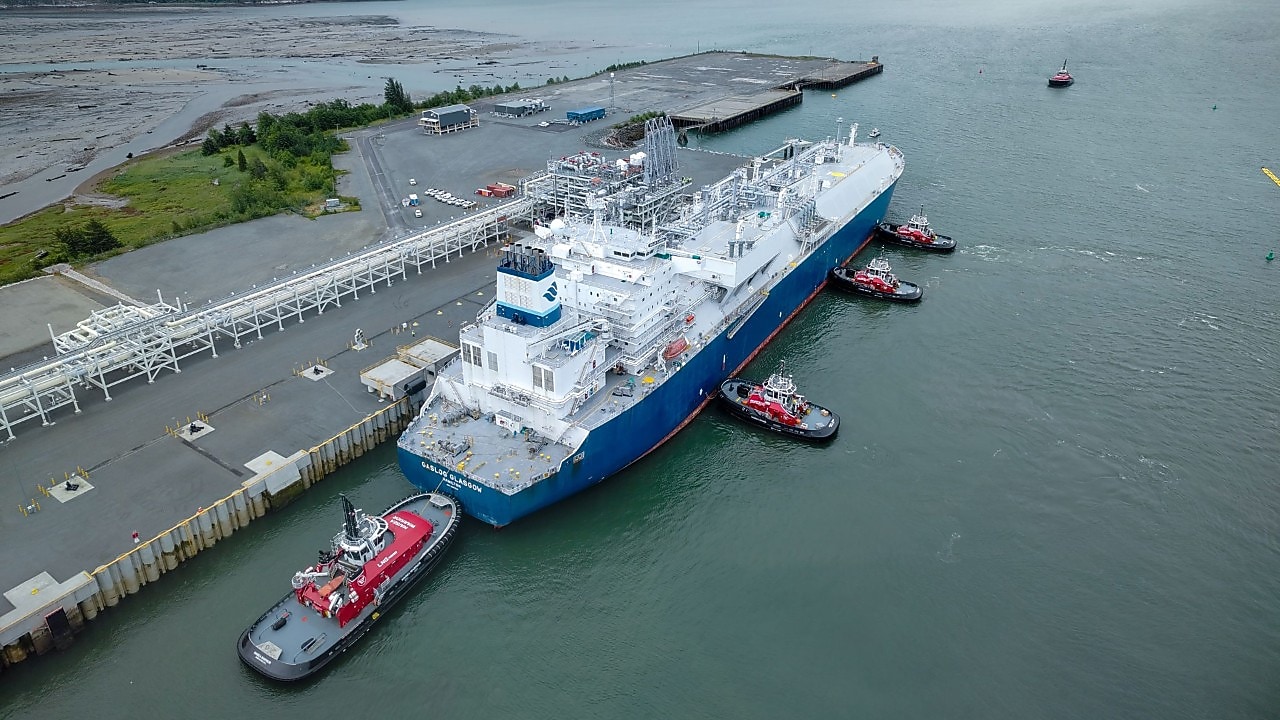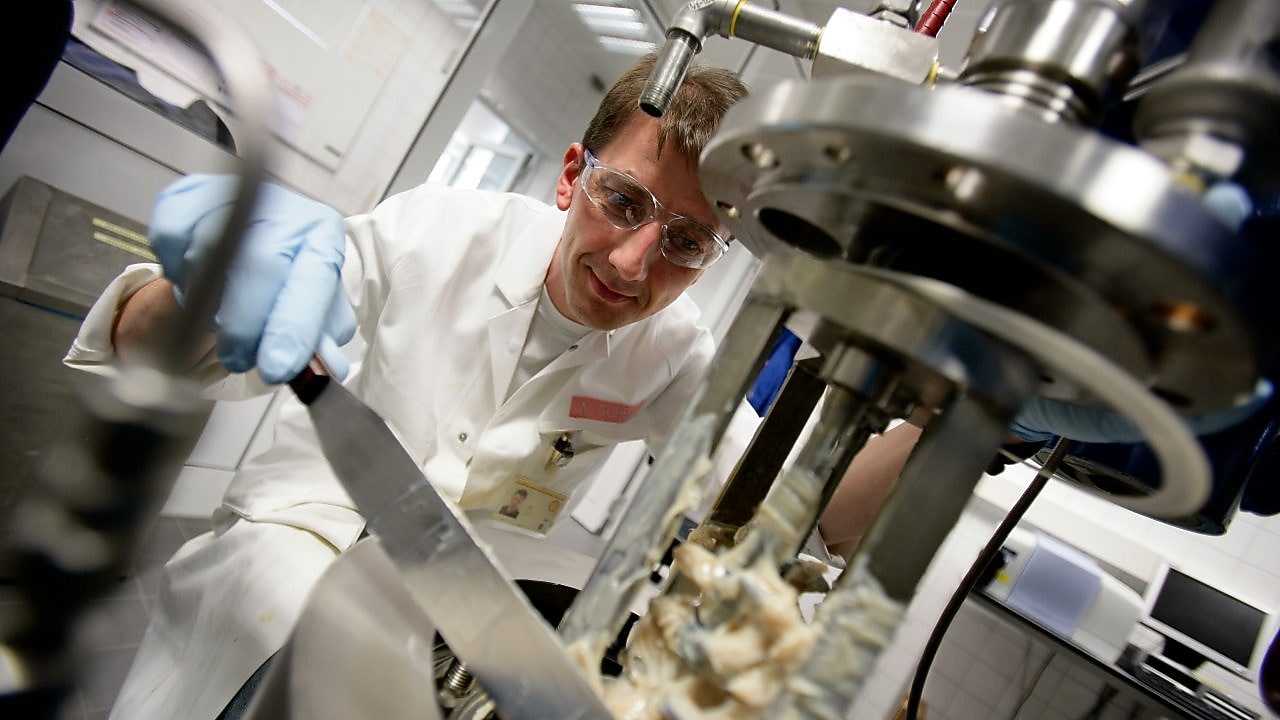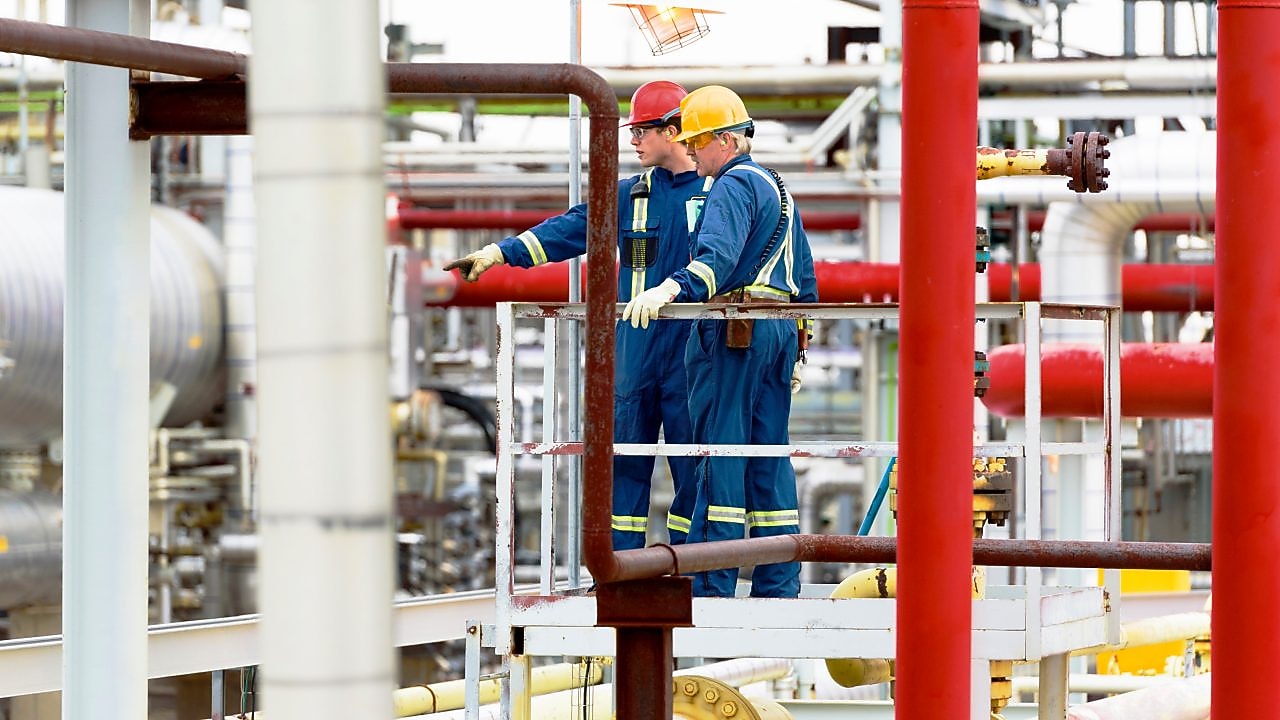Projects and Sites
Shell Canada is one of the few truly integrated energy companies in Canada with all of Shell’s global businesses represented, including upstream, integrated gas, downstream, and renewables and energy solutions. That means we do everything from exploration, gas production, refining and manufacturing, to providing fuels and developing energy solutions for our customers.

Shell Canada Interactive Map
Click through our interactive map for more information about projects and sites in Canada.
View the interactive map here
